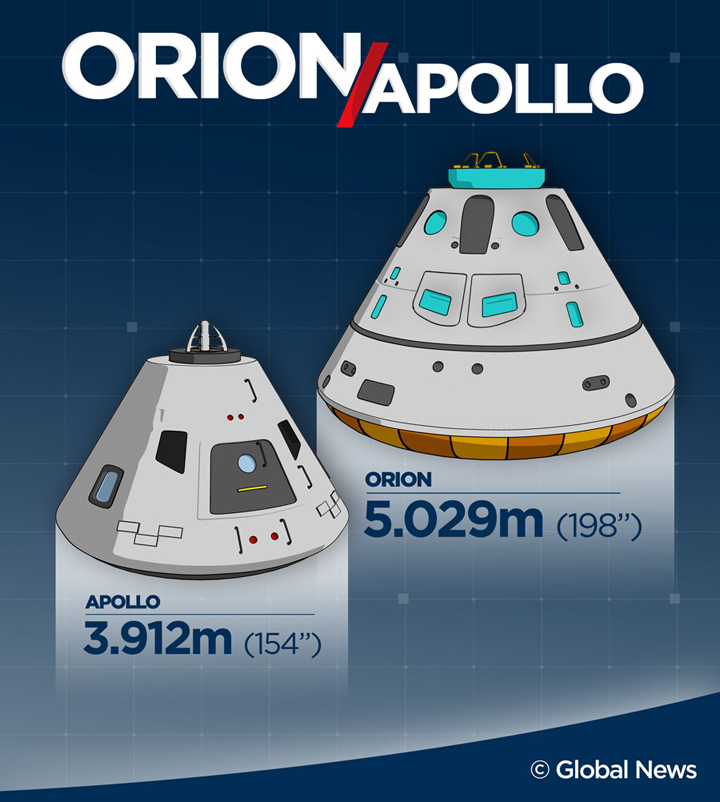WATCH: Orion spacecraft launches from Kennedy Space Center

Click here for live coverage of the Orion flight
CAPE CANAVERAL, Fla. – After three scrubs that eventually pushed its launch to Friday, Orion successfully lifted off into the early morning at Kennedy Space Center.
Initially, weather forecasters had only called for a 40 per cent chance of launch.
At 7:05 a.m. Friday, Orion successfully lifted off launch pad 37 at the Kennedy Space Center, opening up the path to Mars.
READ MORE: Orion launch scrubbed due to wind delays, technical issues
The number of bleary-eyed hopefuls was far fewer than Thursday, but thousands still lined the grounds and nearby beaches.
At 7: 05 a.m. the United Launch Alliance’s Delta IV Heavy rocket lit up the sky, sending Orion on its maiden voyage.
Orion is the first spacecraft built for a crew to be tested since the space shuttle. The new capsule — which is unmanned for this test — will eventually get humans to asteroids and Mars.
The flight will test critical parts of the capsule including the launch abort system, crew module separation, parachute deployment and the ever-important heat shield.
Watch: Animation of what will happen during today’s test flight.
Another very important issue is how computers react to radiation. Not only are humans vulnerable to the radiation, but so are computer systems. Because of this, Orion will fly through the Van Allen Belt, an area of high radiation around Earth. The intense radiation could disrupt the computer systems. However, should the computer systems fail, they will automatically restart themselves.
READ MORE: Why are we trying to get to Mars?
The Orion capsule for this mission complete. Instead, inside there are different weights put in place to simulate seats and even consoles the future astronauts will be using.
NASA officials said that we can expect to see some video footage from the windows of the capsule as it travels on its four-and-a-half-hour long trip, so stay tuned!
- Ont. First Nation calls for chemical plant to be shut down amid ‘dangerously high’ benzene levels
- Ottawa looks to launch national flood insurance program within 12 months
- Nova Scotia scraps spring bear hunt idea, public ‘very divided’ on issue
- Ecuador rations power, declares emergency as drought limits hydro output





Comments